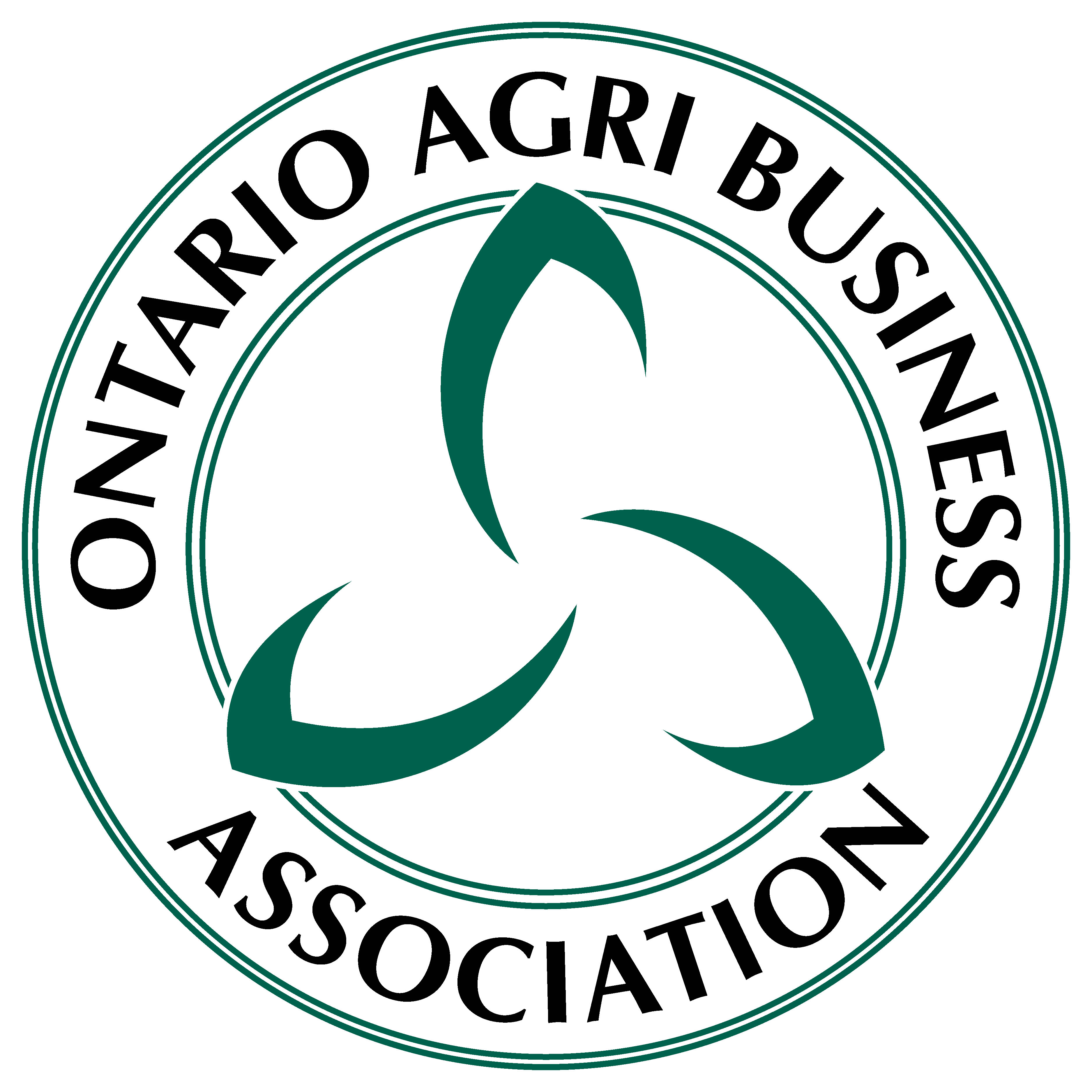Introducing ACUTE Environmental & Safety Services’ Transportation of Dangerous Goods training. You can trust ACUTE to keep you safe on the job – contact us today.

Introduction to Transportation of Dangerous Goods Training
What Will You Learn?
Here’s what you can expect to learn during transportation of dangerous goods training using ACUTE’s course, for example:
- Definition of the 9 classes of dangerous goods and their associated hazards.
- Shipping names, classes, UN numbers and packing groups for the dangerous goods that are normally encountered on the job.
- Safety marks such as labels and placards that are used to identify the different classes of dangerous goods that are normally encountered on the job.
- Knowledge of the information that must be on a shipping document.
- The requirements regarding mixed loads and the need for segregation of incompatible dangerous goods.
- The proper selection and use of means of containment for dangerous goods.
- Proper use of all equipment that is used in the handling, offering for transport and/or transportation of dangerous goods.
- What to do if the shipping documents, placards, labels, other safety marks or means of containment seem inadequate or incorrect.
- What constitutes an accidental release and the reporting requirements if an accident happens.
- The requirements regarding mixed loads and the need for segregation of incompatible dangerous goods.
- Emergency Response Assistance Plans (ERAP) requirements if a plan is required.
You will learn through classroom interaction with experienced instructors, hands-on practical review of TDGR Schedules 1, 2, and 3 using the Transporting Dangerous Goods By Truck handbook, an overview of the Emergency Response Guidebook, review of recent applicable TDGR amendments, and finally, detailed handouts and quizzes.

Participants should set aside a full day for this course.
What is Transportation of Dangerous Goods Training?
Transport of dangerous goods training presents a thorough overview of the Transportation of Dangerous Goods Regulation (TDGR). If you’re not familiar with what is meant by dangerous goods, they’re broken down into nine categories, via the Canadian Centre for Occupational Health and Safety:
- Explosives (Class 1)
- Gases (Class 2)
- Flammable Liquids (Class 3)
- Flammable Solids (Class 4)
- Oxidizing Substances, including Organic Peroxides (Class 5)
- Toxic and Infectious Substances (Class 6)
- Radioactive Materials (Class 7)
- Corrosive Substances (Class 8)
- Miscellaneous Products, Substances or Organisms (Class 9)
TDGR, therefore, will be explained to you in simple terms to make sure dangerous goods will be handled, offered for transport and transported safely in your workplace.

Transport of dangerous goods training will teach you the principles of TDGR.
Who Needs Transportation of Dangerous Goods Training?
According to the Government of Canada, these are the requirements as far as who must sign up for this course.
- “A person who handles, offers for transport or transports dangerous goods must
- Be adequately trained and hold a training certificate in accordance with this Part; or
- Perform those activities in the presence and under the direct supervision of a person who is adequately trained and who holds a training certificate in accordance with this Part.”
- “An employer must not direct or allow an employee to handle, offer for transport or transport dangerous goods unless the employee
- Is adequately trained and holds a training certificate in accordance with this Part; or
- Performs those activities in the presence and under the direct supervision of a person who is adequately trained and who holds a training certificate in accordance with this Part.”
Source: http://www.tc.gc.ca/eng/tdg/clear-part6-121.htm
In other words, if you will be transporting dangerous goods, or directly supervising your employee who will be performing this task, you need to sign up for transportation of dangerous goods training.
This training is also very useful if you are an environmental worker who may be called to provide dangerous goods-related emergency spill response services.
Additionally, TDGR requires anyone involved in the offering, handling or transport of dangerous goods to be trained a minimum of every three years (36 months).

Employees and supervisors of employees handling dangerous goods need this training.
Trust ACUTE for Transportation of Dangerous Goods Training and More!
ACUTE offers a range of health and safety training programs, and with over 100 years of combined experience, our staff have much more than just theoretical teaching to offer. We have first-hand experience in a variety of workplace situations, and that allows us to offer the same high-quality training classes across a broad range of subjects, including fall arrest training.
ACUTE offers the solution to all of your health and safety training needs by emphasizing client participation and establishing rapport in all of our classes. We want to build a relationship with our clients.
ACUTE’s president and co-owner Ron Campbell says, “At the end of the day we want to make sure our clients go home safe and sound to their families. That’s what we do”.
“The best place to get trained, period. The lessons include plenty of hands on components which definitely help retain the knowledge taught within the classrooms. Above all, the instructors know their stuff, they are all extremely knowledgeable and draw upon their own experiences to help engage the class. If I could give them higher than 5 stars, I would, and I would most definitely do my training refresher courses here again.”
– Ali A.
Read more customer reviews here.
Located in Waterloo, ACUTE services customers from cities such as Toronto, Mississauga, Brampton, Hamilton, Milton, Kitchener, London, Guelph, and others across Ontario.

For all OABA members, please contact the ACUTE office prior to registration.


